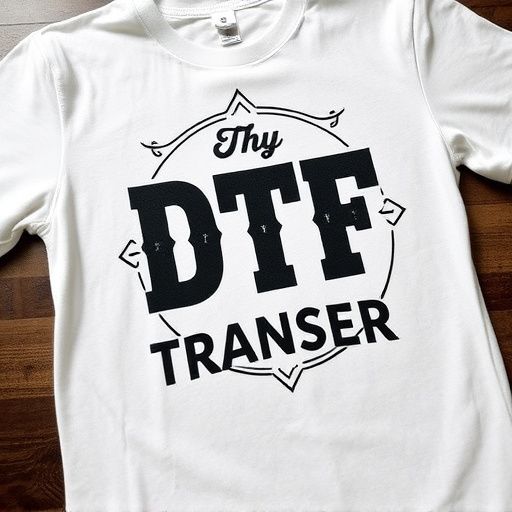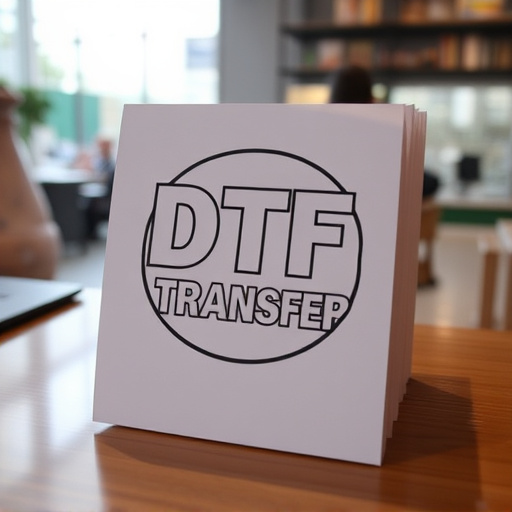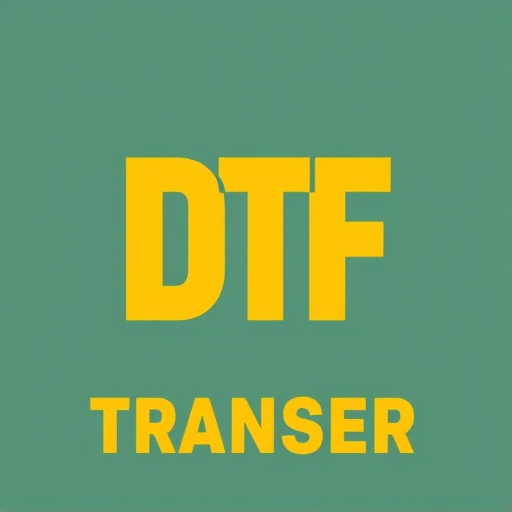Direct-to-film (DTF) transfer printing offers exceptional longevity and resilience, suitable for diverse materials. This method involves transferring ink or dye to film, which is then cured to create durable prints with vibrant colors and intricate details. DTF's popularity stems from its fade-resistant nature ideal for outdoor applications, exposed to sunlight and weather. Longevity factors include high-quality films, UV-resistant inks, and meticulous application techniques. DTF transfers excel in signage, murals, fashion, and promotional products, maintaining aesthetics over time. Future innovations aim to enhance durability and expand applications, revolutionizing graphic printing with sustainable solutions.
In an era where visual communication dominates, Direct-to-Film (DTF) transfer technology has emerged as a game-changer. This innovative process allows for the application of intricate designs directly onto various surfaces, from clothing to signage, offering both aesthetic appeal and durability.
This article explores the longevity and resilience of DTF applied designs, delving into the factors that contribute to their robustness. From material science advancements enhancing adhesion to real-world case studies showcasing successful implementations, discover how DTF printing is revolutionizing industries with lasting impressions.
- Understanding Direct-to-Film (DTF) Transfer: A Brief Overview
- The Longevity of DTF Prints: Factors Influencing Durability
- Resilient Applications: Where DTF Transfers Shine
- Material Science Behind DTF Printing: Enhancing Adhesion and Resistance
- Case Studies: Real-World Success Stories of DTF Transfer Designs
- Future Prospects: Innovations in DTF Technology for Lasting Impressions
Understanding Direct-to-Film (DTF) Transfer: A Brief Overview

Direct-to-film (DTF) transfer is a cutting-edge printing technique that has revolutionized the way we apply designs to various surfaces, offering exceptional longevity and resilience. This process involves transferring ink or dye directly onto a film, which is then cured to create a durable print. The beauty of DTF lies in its versatility; it can be applied to a wide range of materials, from textiles to metal, glass, and even wood.
DTF Printing provides an efficient and precise method of creating custom designs with vibrant colors and intricate details. Once the film is printed with the desired design, it’s quickly and easily transferred to the target surface, ensuring fast production times. This technology has gained immense popularity due to its ability to produce high-quality, long-lasting prints that are resistant to fading, making them ideal for outdoor applications or environments with exposure to sunlight and various weather conditions.
The Longevity of DTF Prints: Factors Influencing Durability
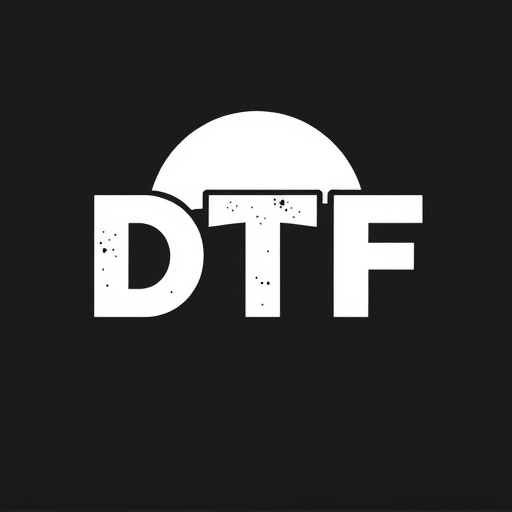
The longevity and durability of direct-to-film (DTF) prints are key factors in their widespread adoption for various applications. DTF Transfer, a process that involves applying designs directly onto film and then transferring them to a substrate, offers several advantages in terms of long-lasting results. The durability of DTF Prints is influenced by multiple elements. One significant factor is the quality of the film used; higher-grade films with superior adhesive properties tend to produce prints that withstand wear and tear for extended periods.
Additionally, the choice of ink and application techniques play crucial roles. Inks formulated specifically for outdoor use or environments with high exposure to sunlight and moisture can enhance print longevity. Proper preparation of the substrate and meticulous application during the DTF Printing process are equally important to ensure the prints adhere well and resist fading or peeling. These factors combined contribute to the exceptional durability of DTF Transfers, making them a preferred choice for projects demanding resilience and longevity.
Resilient Applications: Where DTF Transfers Shine

Direct-to-film (DTF) transfers have proven to be remarkably resilient and durable when applied to various surfaces. This method of printing, which involves transferring ink directly onto the final medium, offers a unique advantage in terms of longevity. DTF is particularly effective for creating designs that require long-lasting, high-quality visuals, such as signage, murals, and even outdoor advertising. The process ensures that the ink becomes an integral part of the substrate, making it resistant to fading, peeling, or cracking over time.
One of the key strengths of DTF transfers lies in their ability to produce vibrant, long-lasting prints on a diverse range of materials, including metal, wood, glass, and plastics. This versatility allows for creative applications in both indoor and outdoor settings, making DTF an ideal choice for projects that demand visual impact and consistency over extended periods. Whether it’s a visually captivating mural adorning a city wall or a sleek logo on a company’s building facade, DTF printing ensures the designs remain sharp and vibrant for years to come, leaving a lasting impression on viewers.
Material Science Behind DTF Printing: Enhancing Adhesion and Resistance
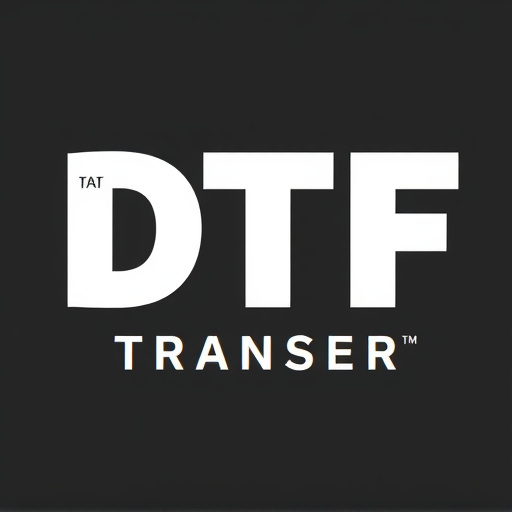
The material science behind Direct-to-Film (DTF) printing plays a pivotal role in its longevity and resilience. This innovative technique involves precisely transferring intricate designs onto various surfaces, from textiles to metals, using advanced adhesives and polymers. By carefully selecting materials that offer superior adhesion and resistance, DTF prints can maintain their vibrancy and integrity over time.
The key to DTF’s durability lies in the bond between the design and substrate. Specialized inks and coatings are engineered to withstand environmental factors like UV exposure, moisture, and friction. This ensures that DTF transfers don’t peel, crack, or fade easily, even under demanding conditions. As a result, DTF prints not only offer aesthetic appeal but also display remarkable practical resistance, making them suitable for both indoor and outdoor applications.
Case Studies: Real-World Success Stories of DTF Transfer Designs

Direct-to-film (DTF) transfer designs have proven their longevity and resilience in various real-world applications, offering a cost-effective and efficient solution for durable prints. Case studies across different industries showcase the success of DTF techniques, from fashion and apparel to signage and promotional products. For instance, many clothing brands utilize DTF printing for custom designs on t-shirts and hoodies, creating unique, limited-edition pieces that captivate customers. These prints withstand regular washing, ensuring the designs remain vibrant and legible over time.
In the realm of signage, DTF Transfer has revolutionized the way businesses create eye-catching displays. Outdoor signs, window graphics, and vehicle wraps benefit from DTF’s ability to produce high-resolution, long-lasting images. The versatility of DTF Printing allows for complex designs and vibrant colors, ensuring these structures stand out in competitive markets. Real-world examples demonstrate that when implemented correctly, DTF transfer designs can endure harsh environmental conditions, maintaining their aesthetic appeal for extended periods.
Future Prospects: Innovations in DTF Technology for Lasting Impressions

As technology advances, the future of direct-to-film (DTF) transfers and printing looks promising, offering exciting prospects for creating lasting impressions on a variety of surfaces. Innovations in DTF technology aim to enhance durability and resistance to fading, ensuring that designs maintain their vibrancy over extended periods. These advancements involve exploring new ink formulations and application methods, which can significantly improve the longevity of DTF prints.
The future also holds potential for more versatile applications, such as integrating DTF with smart materials and advanced coatings to create interactive and protective films. This could open doors for DTF designs in areas like outdoor advertising, where weather resistance and long-term visibility are essential. With ongoing research and development, DTF technology is poised to revolutionize the way we apply graphics and artwork, making it a sustainable and effective solution for various industries.












